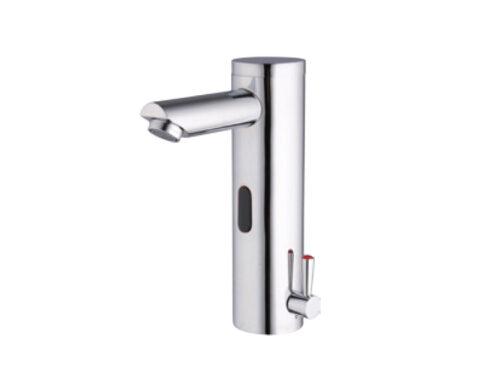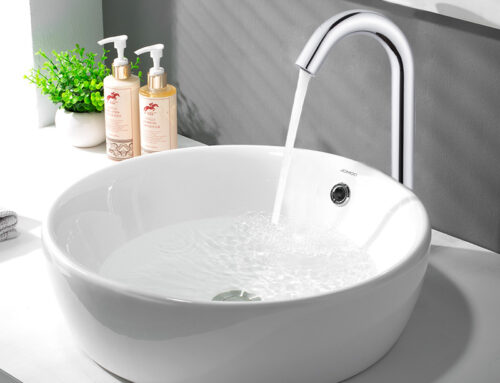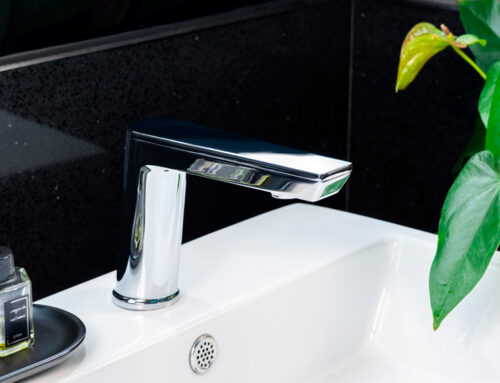Automatic urinal flushers offer a hands-free and hygienic solution in public restrooms. Let’s take a peek inside to understand the vital components that make them work seamlessly.
1. Sensor: At the heart of the automatic urinal flusher is the sensor. It’s responsible for detecting when the urinal is used and triggering the flushing process. Modern sensors use infrared technology, responding to changes in infrared radiation when a user approaches or leaves the urinal.
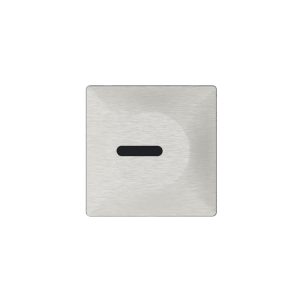
2. Solenoid Valve: The solenoid valve is the gatekeeper of water flow. Once the sensor detects activity, it sends a signal to the solenoid valve, which opens to allow water to flow from the water supply into the urinal. When the flush cycle ends, the solenoid valve closes, stopping the water flow.
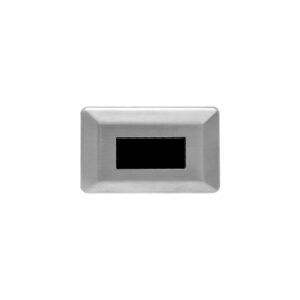
3. Power Supply: Powering these components requires a reliable power source. Most automatic urinal flushers can be powered by batteries or electricity, offering flexibility in installation. Battery-powered units are easy to install but require periodic battery changes. Electrically powered units connect to the building’s electrical system for a continuous power supply.
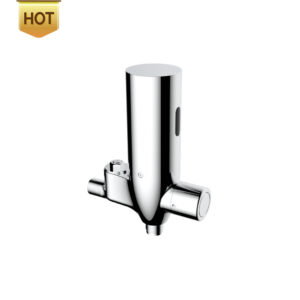
These three key components work harmoniously to create a seamless user experience. The sensor detects, the solenoid valve controls water flow, and the power supply keeps everything operational. Together, they contribute to efficient water usage, improved hygiene, and the convenience of a touchless restroom experience.
If you want to develop sensor urinal flushers, you can just contact with us. You can also send email to sales3@rajeyn.com.

